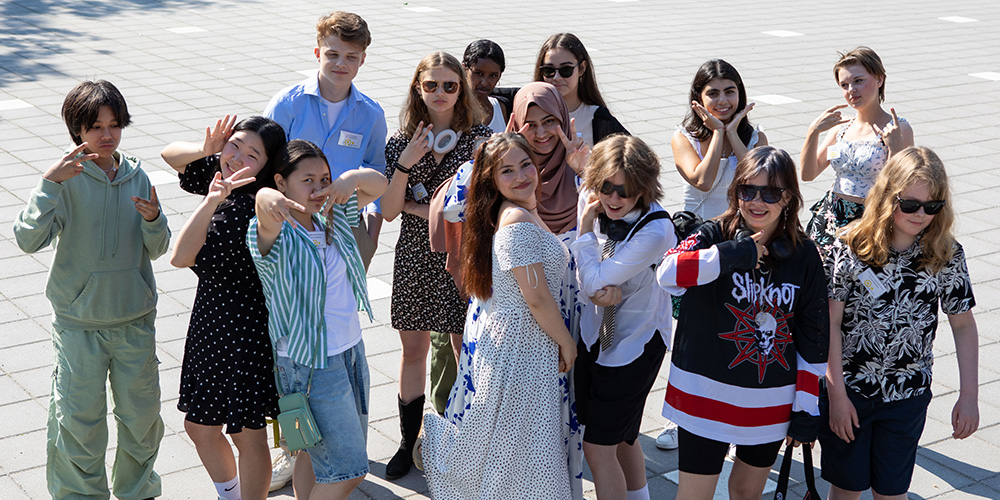Summer school at Campus Flemingsberg

For nine days in June, more than 40 pupils who have just finished year seven will visit Campus Flemingsberg and take part in exciting workshops. The so-called Summer School was started by Södertörn University in 2010, inspired by Scotland.
For the second year in a row, KTH in Flemingsberg will welcome the students for a day on 13 June.
“The concept in Scotland was developed based on the realisation that by addressing young people from environments where they are not used to studying and showing them the possibilities of higher education in a playful way, the path to knowledge and perhaps also higher education can be opened up early,” says Erik Johannessen at Södertörn University.
The aim of the Summer School is to arouse interest and show how much fun you can have and what it can mean to study at KTH. The pupils come from homes where they are not used to studying in Järfälla, Sollentuna, Salem and Södertälje and are selected by the schools themselves.
Matilda Larsson, Professor and Head of the Department of Biomedical Imaging, is pedagogically responsible for the day.
“Many of the pupils may not even know what KTH is or that you can study at KTH. Maybe it's just about opening the door to a new world in a playful and fun way,” she says.
Helmet research, ultrasound and binary digits
During the day at KTH, they will be divided into three groups and experience three different workshops.
“Among other things, they will get a short crash course in helmet research and how helmets are tested. They will get to feel and squeeze helmets and testing equipment and reflect on how good the testing method is. They will then be divided into smaller groups and tasked with building the best possible helmet for an egg using the materials available. The helmets are then tested by being dropped from different heights,” says Matilda Larsson.
There will also be a workshop on medical imaging as well as on digital technology and programming.
“They will get to try imaging with both X-ray (CT) and ultrasound. The first hands-on session is about imaging different types of paste hidden in a simple imaging model. They will explore and try to identify different types of paste using the ultrasound equipment,” she continues.
After a short introduction to digital technology, they will also learn about binary digits (ones and zeros). They will then try to build an electrical circuit that can perform simple calculations.
“Last year, we participated at very short notice and rather improvised. This year, we have trained the people who will run the workshops and Södertörn University has organised a seminar to which all workshop managers were invited. It's important to organise everything at a level that suits the young target group,” says Matilda Larsson.
Text: Åsa Karsberg
